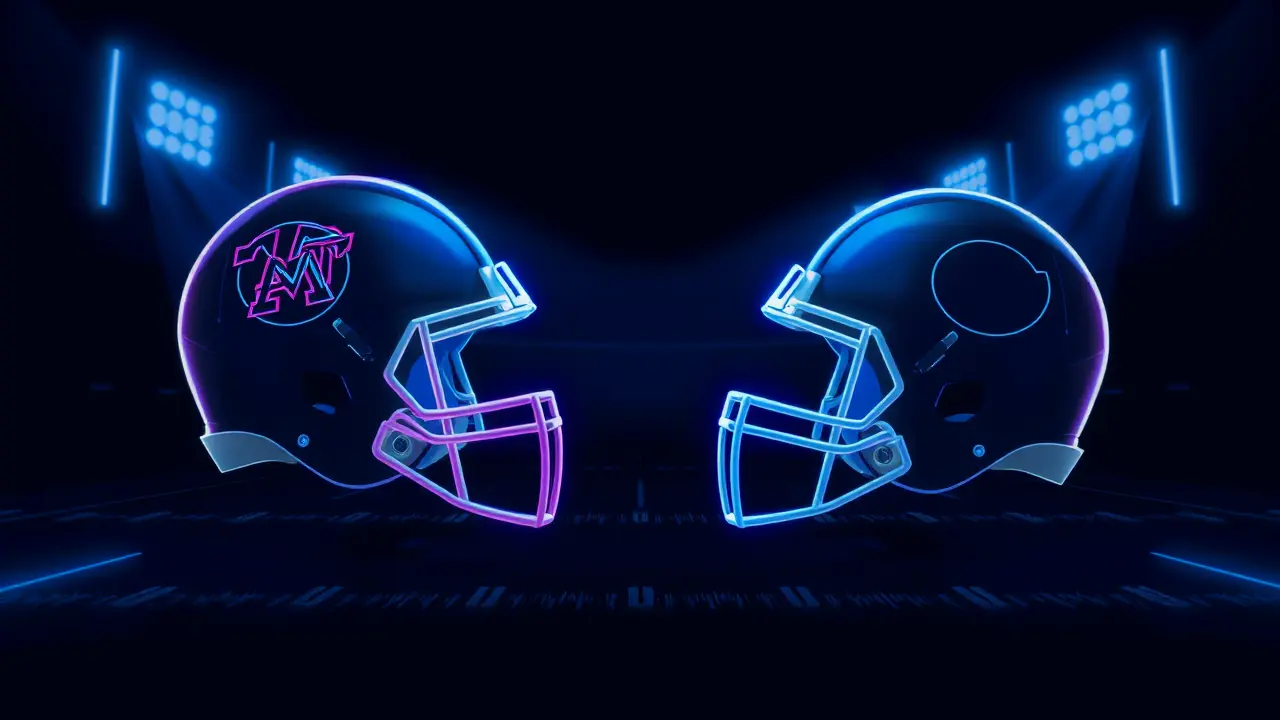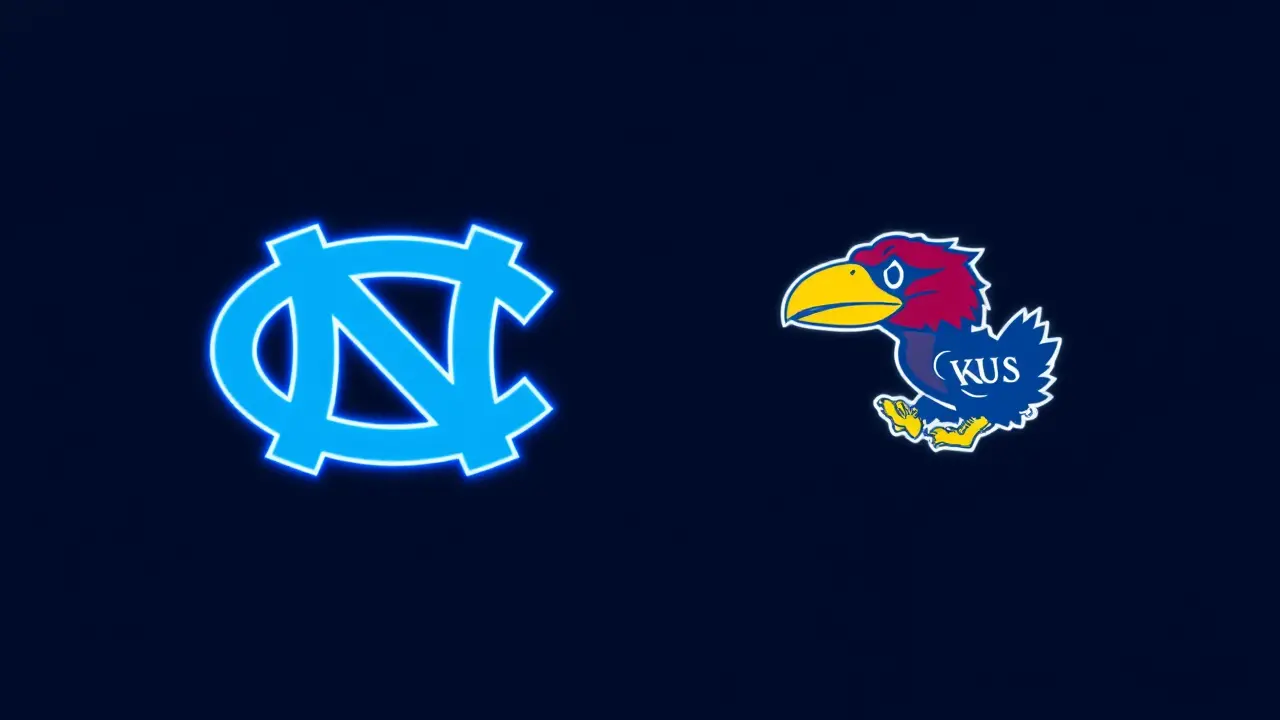- News
- basketball
- College football overtime rules 2025: Explaining how the NCAA OT format works and differences from NFL

SportbasketballNCAA Basketball
College football overtime rules 2025: Explaining how the NCAA OT format works and differences from NFL
JA
Jack Turner
3 hours ago7 min read1 comments
The debate between college football and the NFL often boils down to traditions, personal connections, and crucially, the overtime rules. While the NFL's sudden-death format has long been criticized for its potential unfairness, the NCAA's system has evolved into a distinct and often more thrilling spectacle.The 2025 season brings a minor but strategic tweak to the collegiate framework, further refining a format designed to crown a definitive winner without subjecting players and fans to endless marathons. Starting this year, timeout allocation becomes more restrictive: teams receive one timeout for the first overtime and another for the second, but if the contest stretches into a third overtime, they are limited to just one shared timeout for the remainder of the game, a change aimed at streamlining these epic conclusions.The core mechanics remain a masterclass in tension-building. After a coin toss where the winner chooses offense, defense, or field end—with no option to defer—both teams launch drives from the opponent's 25-yard line.This guarantees each squad a possession, a fundamental fairness the NFL's regular-season rules lack. The drama escalates in the second overtime, where teams must attempt a two-point conversion after a touchdown, a rule implemented in 2021 to prevent the seven-overtime epic between LSU and Texas A&M in 2018 from becoming commonplace.Should the stalemate persist into a third overtime, the game transforms into a high-stakes shootout, abandoning full drives for alternating two-point attempts until one team succeeds and the other fails. This format's beauty lies in its absence of a game clock, relying instead on a series of pressurized possessions that test play-calling, execution, and nerve, ensuring a winner emerges without the possibility of a regular-season tie that often leaves NFL fans feeling short-changed.The philosophical chasm between the two systems is vast. The NFL's regular-season overtime, with its 10-minute clock, can end abruptly with a first-possession touchdown, a scenario critics argue gives an outsized advantage to the coin-toss winner.College football, by contrast, is a pure test of scoring efficiency under identical circumstances, though detractors like ESPN's Elle Duncan argue it becomes a 'gimmicky' play-calling exercise that eliminates special teams from the equation. The 2025 timeout adjustment is a subtle nod to game management, forcing coaches to be more judicious with their stoppages as the contest wears on, adding another layer of strategic depth to a system already rich with drama and guaranteed resolution.
#college football
#overtime rules
#NCAA vs NFL
#2025 changes
#2-point conversion
#featured
Stay Informed. Act Smarter.
Get weekly highlights, major headlines, and expert insights — then put your knowledge to work in our live prediction markets.
Related News
© 2025 Outpoll Service LTD. All rights reserved.








